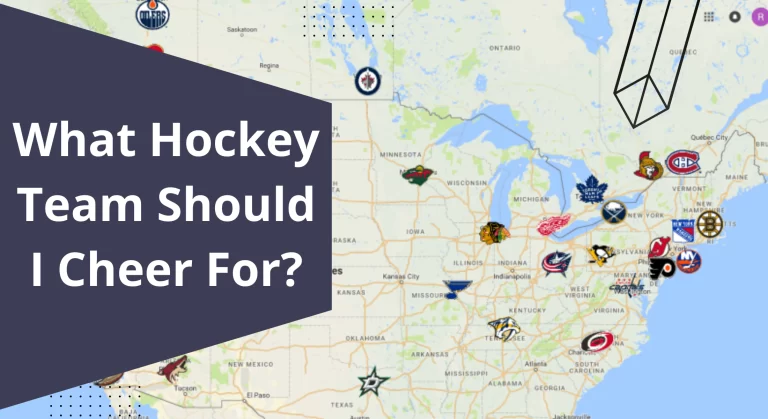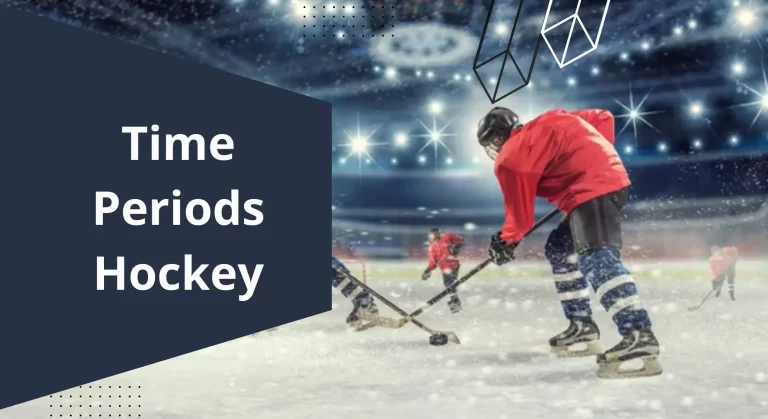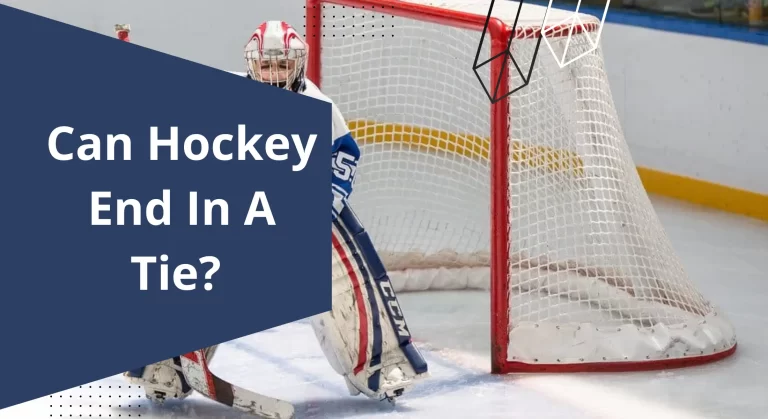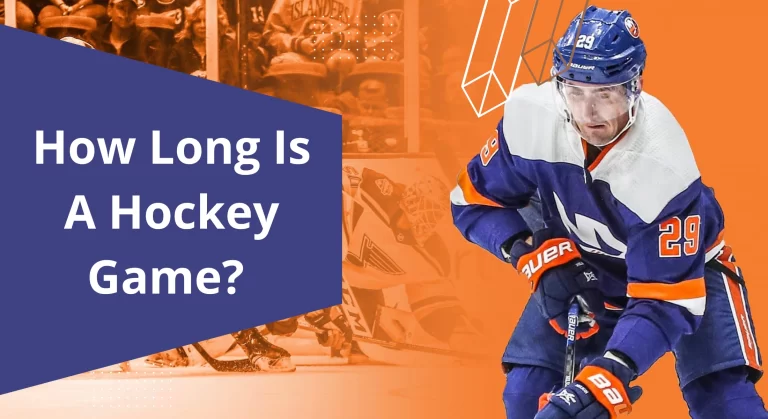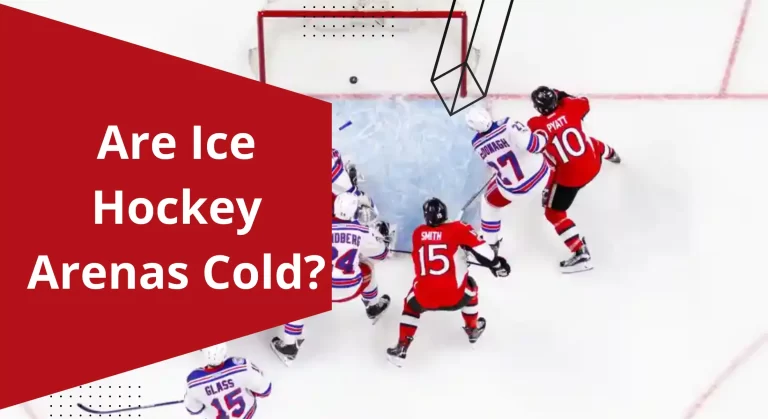What Is A Power Play In Ice Hockey?
In a hockey game, certain moments are more critical than others. The most critical time for a team is when it is in the power play. Power plays in hockey occur when a team has an advantage on the ice owing to a penalty taken by the other team. When a player is penalized for doing unlawful conduct, a power-play occurs. So, if one side gets a minor penalty, the other will go on the power play for two minutes after that.
So what exactly is a “power play”? The term “power play” refers to the fact that a team might have a one- or two-man advantage in a given moment. For a period of two or five minutes, a team is in a power-play position. There is a two-minute penalty and a five-minute punishment for minor offenses, respectively, according to the rulebook.
In this article, we will get to know about the rules and regulations of power play. We will also get to know how a power play looks on ice and what happens if someone gets a power play in overtime or at the end of the period.
How does a team get a power play?
Depending on the severity of the punishment, an NHL hockey player must sit in the penalty box for the allotted time. However, students can also face penalties of 4, 5, or even 10 minutes in length for the most serious offenses.
What you need to know about penalties is that once a player is sent to the penalty box, his team does not get to replace him with another player from their side while he is there. They will be shorthanded on the ice for the duration of the penalty or until the other team scores.
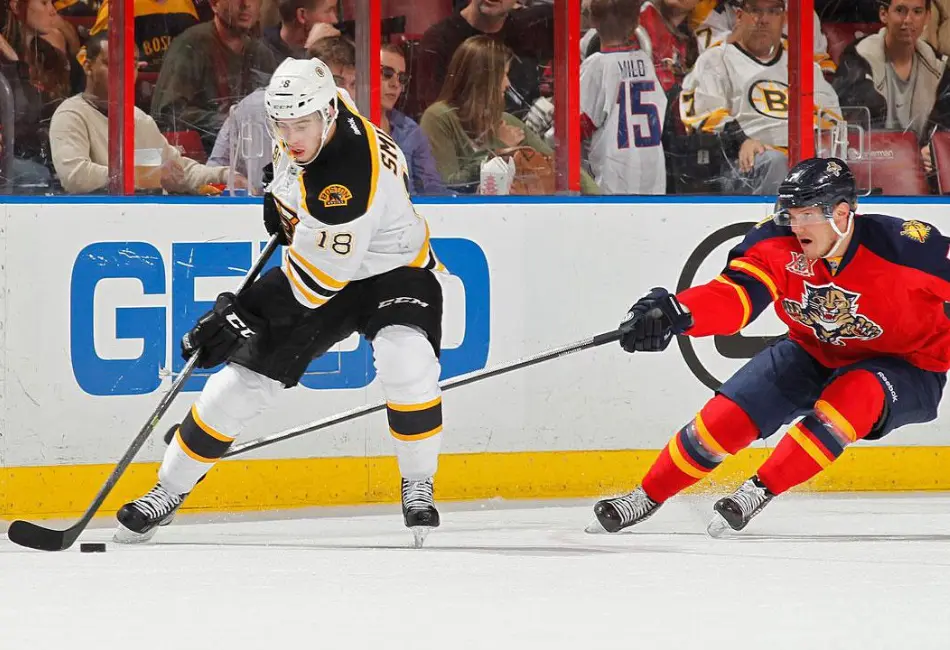
When a penalty is called, the team that did not get it has an advantage known as a power play, in which it can send additional players onto the ice.
To win a game of power play, you must follow:
- First, the player who committed the penalty is forced to sit in the penalty box, allowing the opposing team a chance to take advantage.
- The penalty clock expires and the power play is over if the team on the power play scores a goal while serving a minor penalty. If a player commits a major foul, he or she must serve the whole penalty period, regardless of whether or not a goal is scored.
- If a short-handed side scores a goal, the penalty time continues to tick while the guilty player stays in the penalty box. It is not possible to ice a squad that is without a player.
Related post: What time do NHL warmups start?
What does a power play look on the ice?
For those who have never seen an ice hockey power play, it may be a bit of a mystery. A one- or two-man advantage is given to the opposing side when one or two players on one team are sent to the penalty box, which means they must leave the ice for some time. When at least one opposition player is penalized and the team has a numerical advantage in ice time, a power play is initiated.
When both sides have the same number of participants on the ice, a power play is initiated. When a team on a power play misses the goal line with a shot, icing is called, and the puck is returned to the offensive zone for a faceoff.
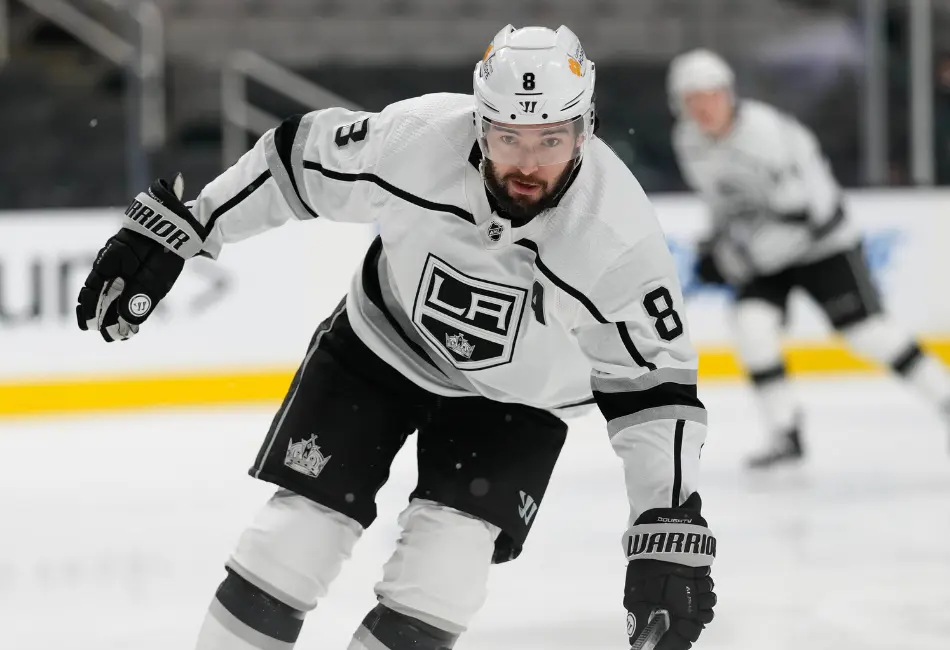
When a team is shorthanded, the major goal is to delay time on the power play, so the icing cannot be assigned to that team. It is not uncommon for a team to try to get the ball down the ice while they are on the penalty kill.
What happens when someone takes a penalty in overtime?
Advantage Plays And Injuries
Teams play 4-on-3 in overtime if a penalty is taken. The team on the power play simply adds another player. Teams will play 5-on-3 if they commit a second penalty. Teams will play 4-on-3 if a penalty from regulation is carried over. Each side gets four minutes to play 4-on-4 once a penalty is called.
If no goals are scored in overtime, the game moves to a three-round shootout.
Caution When Striking For Your Target
You will lose the one point you earned by forcing overtime if you remove your goaltender in favor of an additional attacker and the other side scores into your empty net.
Related Post: How Many Periods in a Hockey Game?
What happens if a penalty is taken at the end of the period?
Penalties are carried over from one period to another when they are issued at the end of one. In some cases, if a player is penalized after the final whistle has blown, the player will begin serving the entire penalty time when play resumes in the following period.
During the second period, the first minute of the penalty is served, and the second minute is served at the start of the third period. For penalties earned in the final two minutes of the 3rd (final) period, the player is suspended for that game, but it does not carry over to future games.
Overtime penalties will be carried over from the 3rd period if the game ends in a draw. If the punishment is imposed while the period is still open, the remaining time to be served will begin at the start of the following period.
Frequently Asked Questions
Is a hockey penalty over after a goal is scored?
The time a player is out of the game due to a major penalty is five minutes, and his side will be shorthanded throughout that time. Even if a goal is scored against them during overtime, a short-handed team cannot have a big penalty end early.
What is a four-minute penalty in Ice Hockey?
A player who commits a double-minor foul is penalized for four minutes in the penalty box. During the four-minute penalty period, the side that committed the foul will be down a skater and playing 5-on-4.
What are the numbers of penalties one can get in Hockey?
A game misconduct penalty will be issued to any player who earns four penalties in a single game, except in Adult age divisions. There will be no additional punishment for an Adult player who earns five penalties in the same game, thus they will be instantly expelled from the game.
What is the purpose of the Penalty Box?
It is called a “power play” for the opposing team if a member of one team is in the penalty box serving a two-minute penalty. If the opposition team scores during the “power play,” the player’s punishment time is voided, and he or she is free to return to the game.
Conclusion: What Is A Power Play In Ice Hockey?
Statistics reveal that a power-play goal is scored an average of 20 percent of the time by a team on the power play. For every five opportunities a team has, they should expect to score one goal. The player numbers can vary greatly between teams. As an example, in the NHL regular season of 2020-2021, the Edmonton Oilers had a 27.6 percent power-play success rate. The New York Islanders had the poorest power-play percentage, at 18.8 percent.
There are several advantages to taking advantage of several power-play opportunities throughout a game, as you can see in this article. I hope this article would be of great help for you to know about what is power play in hockey!

